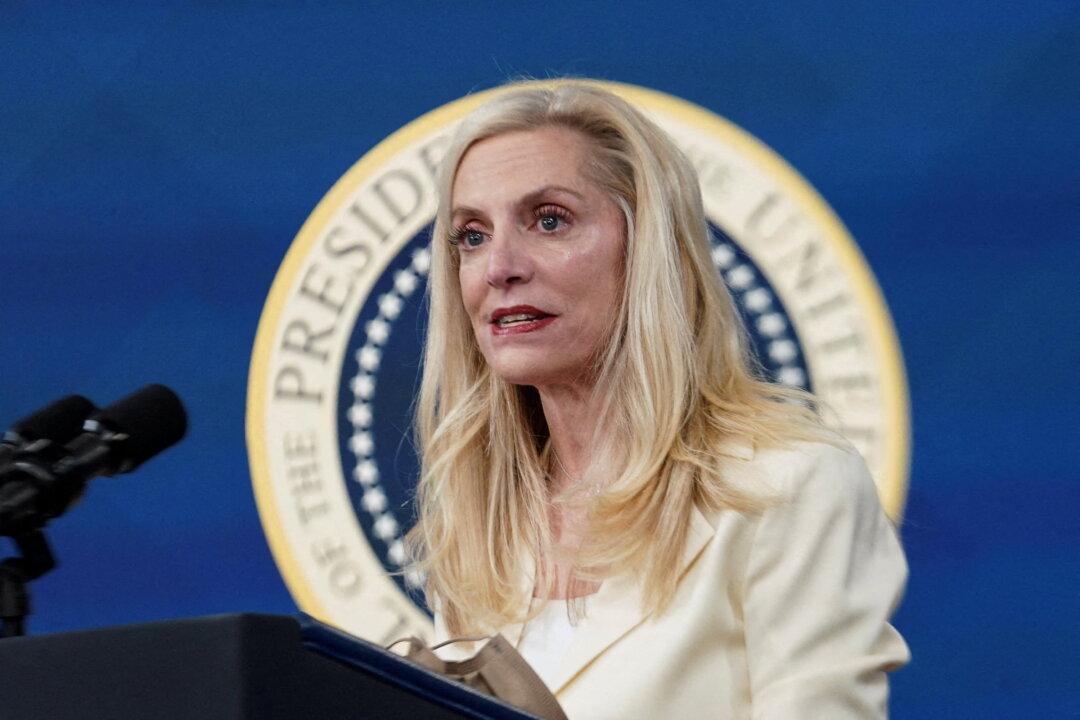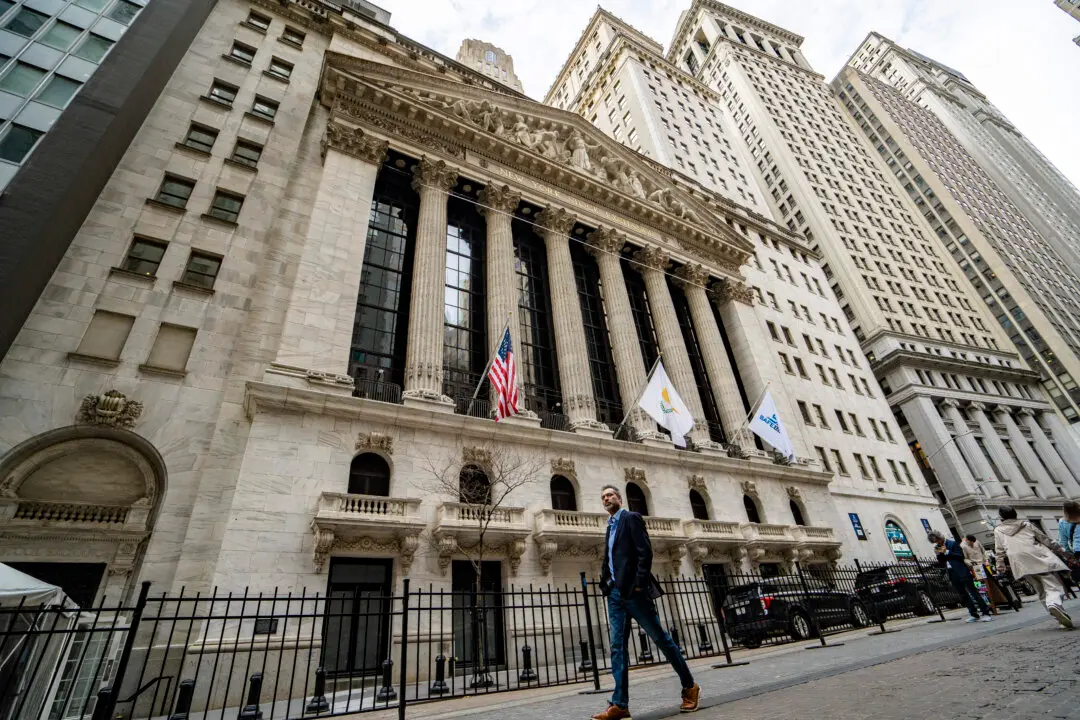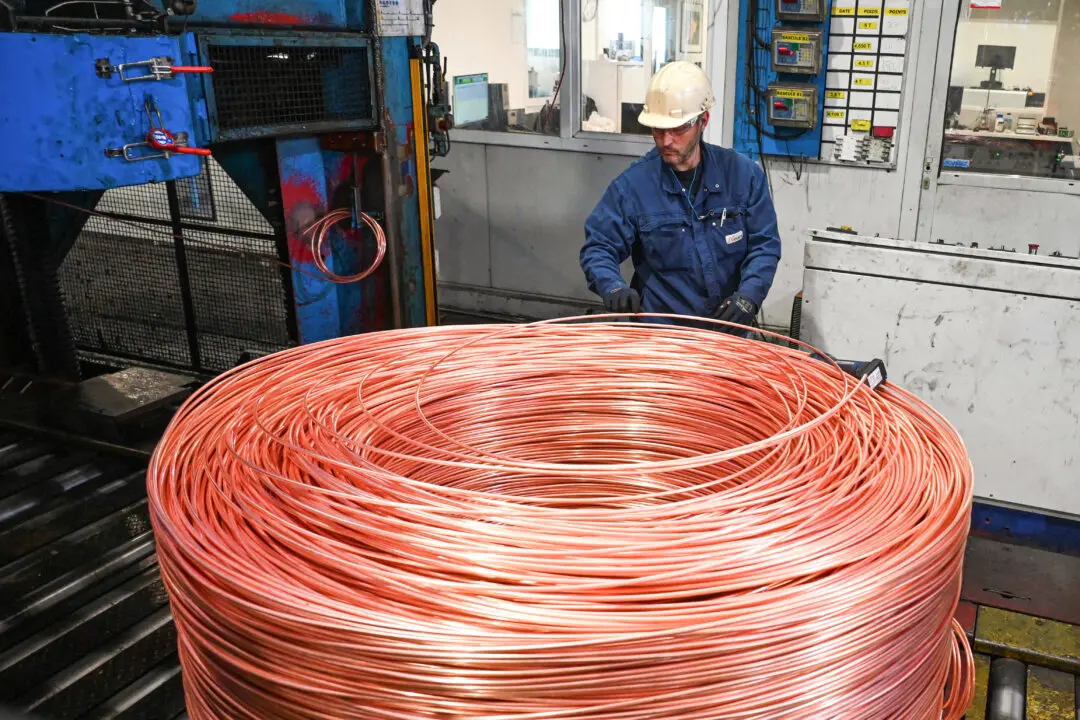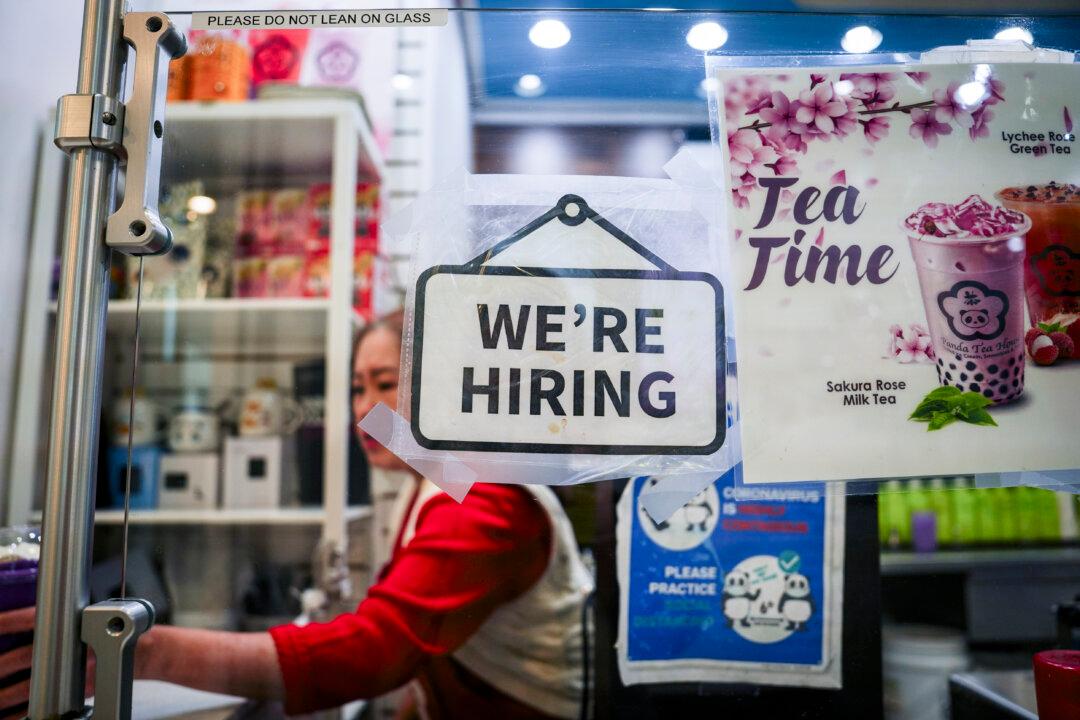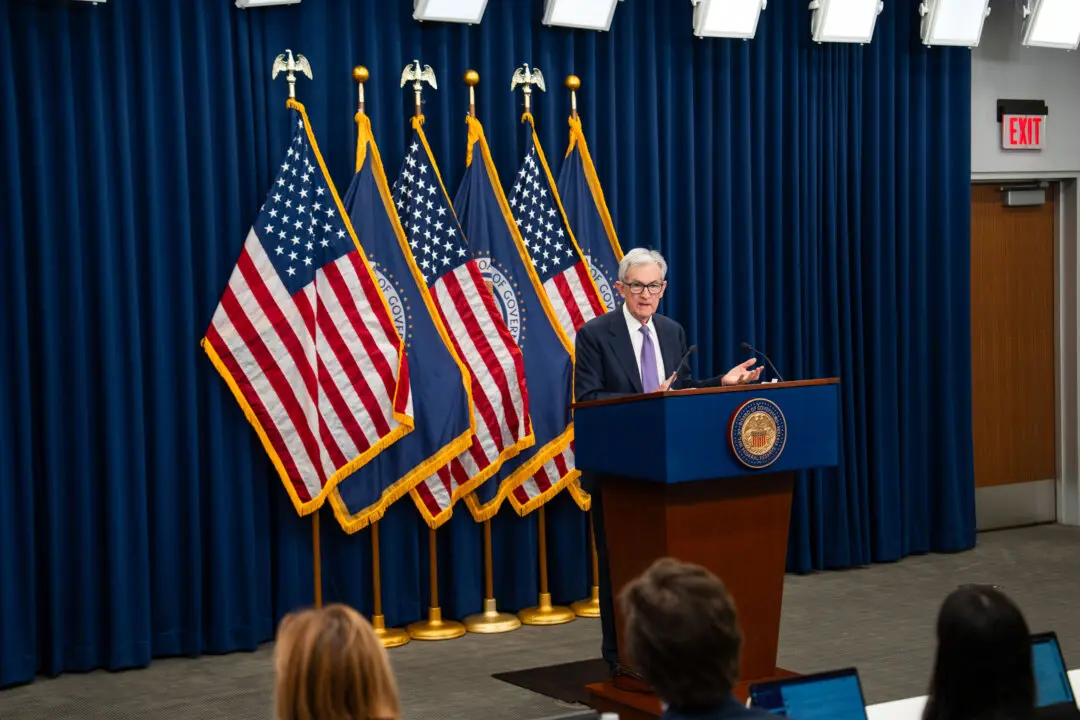Federal Reserve Vice Chair Lael Brainard will step down from her position and serve as President Joe Biden’s top economist, the White House said on Feb. 14.
Brainard will serve as the new head of the National Economic Council (NEC), succeeding Brian Deese, who recently announced his resignation.
